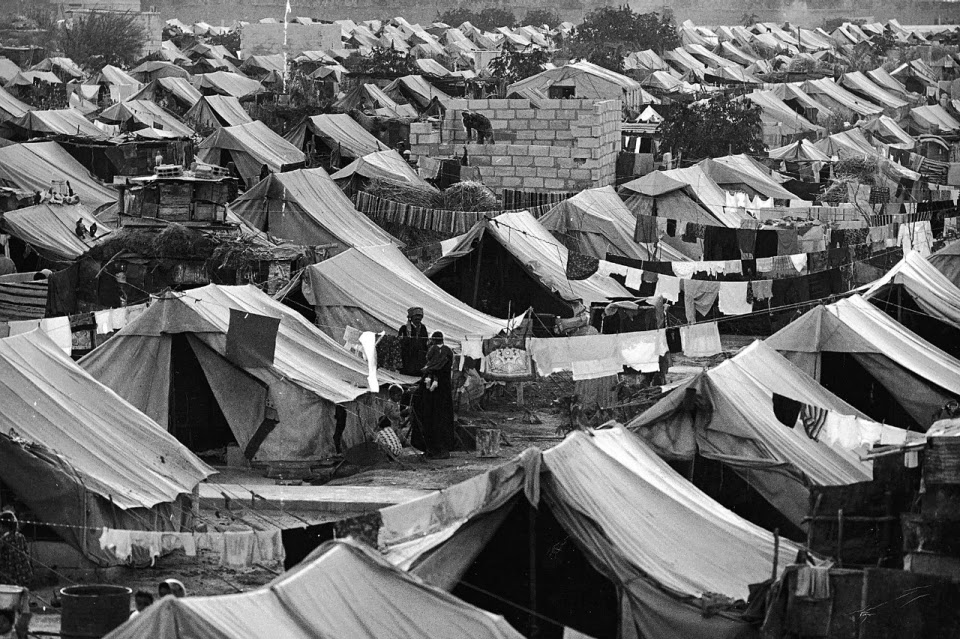is the state of having reliable access to a sufficient quantity of affordable, nutritious food. The World Food Summit of 1996 defined food security as a situation that exists when "all people, at all times, have physical, social and economic access to sufficient, safe and nutritious food that meets their dietary needs and food preferences for an active and healthy life.”[1] Commonly, the concept of food security is defined as including both physical and economic access to food that meets people’s dietary needs as well as their food preferences.
Food security is built on three pillars:
- Food availability: sufficient quantities of food available on a consistent basis.
- Food access: having sufficient resources to obtain appropriate foods for a nutritious diet.
- Food use: appropriate use based on knowledge of basic nutrition and care, as well as adequate water and sanitation.
Historically, food security has been a flexible concept, as reflected in the many attempts at definition through research and policy discourse. In the early 1990s, some 200 definitions were published.[2] Whenever the concept is introduced in the title of a study or its objectives, it is prudent to establish the explicit or implied definition in use. (Note the distinction from Food sovereignty)
[1] FAO, "Rome Declaration on World Food Security and World Food Summit Plan of Action,” para. 1, World Food Summit, Rome, 13–17 November 1996.
[2] S. Maxwell and M. Smith, "Household food security: a conceptual review,” in S. Maxwell and T. R. Frankenberger, eds., Household Food Security: Concepts, Indicators, Measurements: A Technical Review (New York and Rome: UNICEF and IFAD, 1992).





